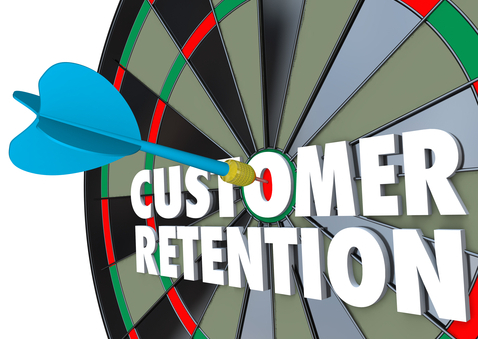 Relying on large customers is tempting but dangerous. When they leave, large customers create big voids. LARGE CUSTOMERS:
Relying on large customers is tempting but dangerous. When they leave, large customers create big voids. LARGE CUSTOMERS:
- Increase sales.
- Dictate policy and make big demands.
- Provide low margins.
- Create dependency.
- Take all the companies resources.
- Pay slowly.
Companies need both large and small customers to grow their businesses and protect from economic downturns. But, in economic downturns, smaller customers will stay and a larger customer will leave for a better deal. PERSONAL EXPERIENCE ONE: In our family business we made shoes for the volume shoe market. Our company had 4 large customers representing 65% sales. The other 35% were wholesalers and small chain stores. Our business was seasonal and production was limited. In good times, large customers push for more production. The only way we could accomplish this was to not service small customers. Our policy was to service both the small and large customers. When the economy turned down or they could buy at a lower price, large customers would leave for a better deal. Smaller customers were always there. We had a mutual need. Small customers depended on us and we depended on them during good times and bad. PERSONAL EXPERIENCE TWO: In 1982, I bought a business in the Dominican Republic, which was on the verge of going out of business. All that was left was a management team, factory, and machinery. The owner of the business was a pocketbook manufacturer who decided to become a shoe manufacturer. He had only one large customer in the pocketbook business. He assumed this was the way all businesses were run. He found a large shoe manufacturer who needed his services. Everything went well for the first 6 months and then problems started. The orders were reduced, unwarranted credits were taken, payments were delayed and finally the customer left for a better deal. The factory closed. LESSONS LEARNED:
- Diversify your customer base.
- Service all customers equally.
- Smaller customers need you.
- Have a balance of large and small customers.
- Have contingency plans if large customers leave.
- Never assume that different businesses operate the same.
- Listen to your customers and make your customers your partners.
FAVORITE LESSON: #7 Listen to your customers and make you customers your partners. If you listen to your customers, problems are prevented. Read my post explaining the concept: #1 Secret to Increasing Profits with Existing Customers What are the dangers of large customers? What are the advantages of small customers? Have you ever had to choose between a large customer and smaller customers? What did you do? What happened?
P.S. – Do you need an Outside Director, Advisory Board Member, Trusted Advisor, or Interim CEO? Someone who can help you see your business and your goals through “Fresh Eyes.” Contact me and I will work with you to look at where you want to go and help you find the best way to get there. Sometimes all it takes is someone with a fresh viewpoint, unencumbered by company politics or culture to help find the right solution.
Image Credit: dreamstime















Larry,
I appreciate your thoughts regarding customer retention and the importance of a healthy mix of large and small customers. I have a slightly different perspective given my past experience. In my last role, our customer base ran the gamut of small to large. The challenge that we ran into was each customer segment had its own unique needs that we needed to serve. Invariably, because we didn’t have limitless time, talent, resources, our efforts became somewhat diluted. I completely agree that having a lot of business concentrated with large accounts is dangerous. I also believe that when starting out, pick a customer segment that you want to be “the best” at and that will meet your financial needs for future growth.
Just some thoughts from the cheap seats…thanks for the post and the opportunity to respond.
Mark…Thanks for your comments. I agree, each company must decide what is the best mix for them.